The fading art of transhumance
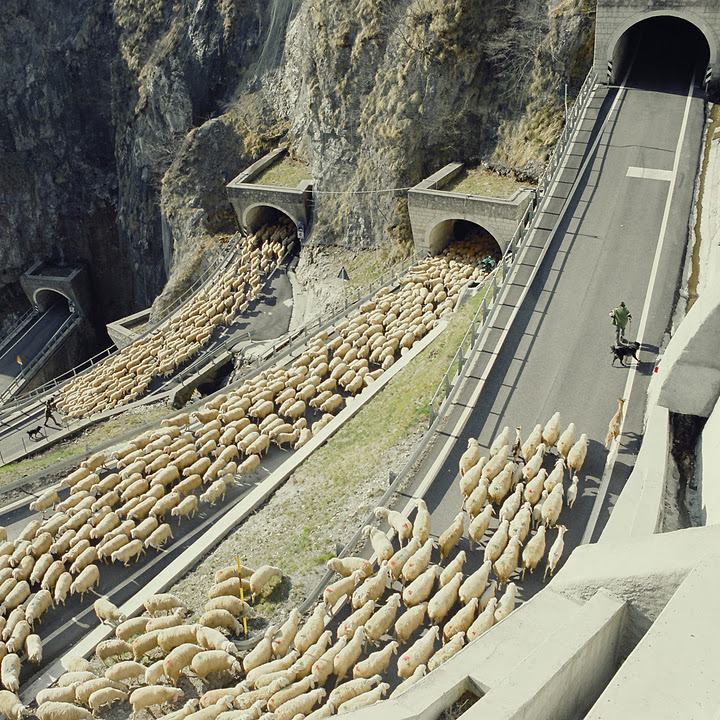
Transhumance is the seasonal rotation of herding between fixed summer and winter pastures in order to cope with seasonal fluctuations in heat, water and/or fodder.
When the plain becomes arid because of the heat, herds and shepherds move to the mountain in spring and come back to the plain in Autumn.
The seasonal movement may be from mountain pastures in Summer to milder pastures in Winter (horizontal transhumance), or to the stables in the valleys (vertical transhumance). Horizontal transhumance usually involves larger groups of animals moving over a longer distance and can be seasonal or caused by a climatic, economic or political change. In both types of transhumance, only the herds travel, with the people necessary to tend them. In Italy, the transhumance usually involves only vertical transhumance.
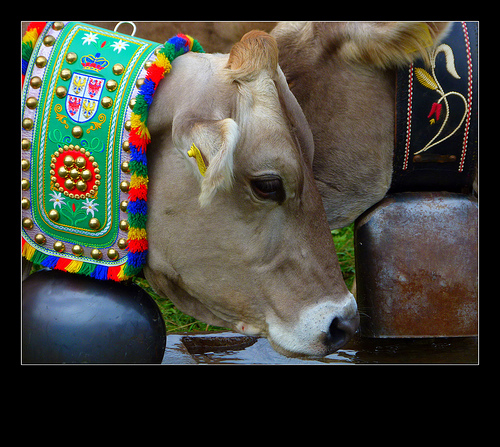
Festivals of the Desmontegar (desmontegada, transumanza) can be found throughout the Trentino/ Alto Adige region, but there are also transhumance festivals in Abruzzo, Molise and other regions were this tradition is still present (Puglia, Campania and Basilicata). They mark the symbolic beginning of Autumn, when the villages celebrate the return of their shepherds and livestock from their summer homes in the high mountains back to the valleys for the winter. The celebration is a cheerful and much awaited moment in the pastoral calendar and some of the most authentic and traditional festivals for tourists to attend.
Photo: Giancarlo Rado, lo.tangelini.

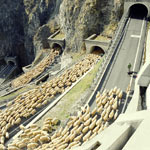
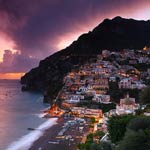
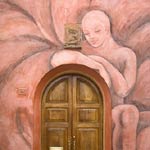
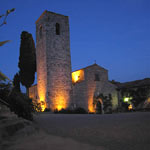
This is a impressive story. Thanks!